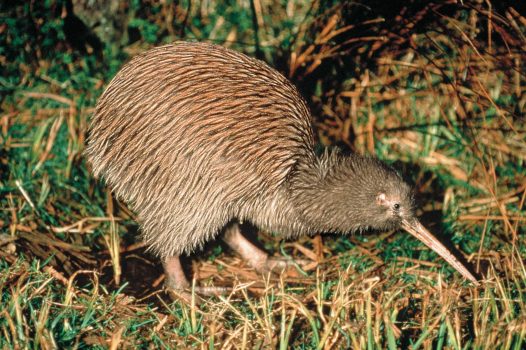A visit to Rotorua in New Zealand is an enriching experience, thanks to the remarkable art and culture. Karishma Kirpalani takes us on a trip through the celebrated land
Kia Ora (Hello). Welcome to New Zealand. Welcome to Rotorua. While most tourists here prefer to spend time in the South Island, mainly Queenstown, if one wants to experience the real New Zealand, the North Island, Rotorua is the place to be. Rotorua, a city that lies on the lake of its namesake is culturally rich and a perfect place to interact with the locals.
New Zealanders are by and large referred to as kiwis because of their national bird. It is said that there are only 68,000 kiwis left in whole of New Zealand today, and if not given proper habitation, they will go extinct over the next two generations. The National Kiwi Hatchery at Rainbow Springs have been raising kiwi chicks since 1995, and until date they have incubated and hatched over 1,800 eggs. The kiwi bird is very unusual, with whiskers like a cat, large feet and does not fly. Typically, kiwis that have hatched in the wild, get killed by a predator. Here, they are incubated for 78 days before they hatch, fed till they are 1 kg and then taken back to the wild once they are ready to protect themselves. In the entire country, it is only here that one can see a live kiwi. Since these birds are nocturnal, it’s quite dark inside the hatchery, and one needs to be very silent while observing them.
Another living being dear to New Zealanders are the sheep. It is said, there are more sheep in the country than human beings. As you drive across the country, you will encounter several of them in farms behind barbed wires. However, one cannot interact with them. If a person wants to play with the sheep or feed them, the place to do so will be at the Agrodome farm tour where interaction with lots of farm animals is possible in the lush green lands. The show during the tour will introduce about 19 kinds of sheep not just from this country but from across the world, and the quality of wool they give. A sheep shearing demonstration is also done for the audience. Not many people know this, but shearing is good for sheep and causes no pain. Each time they’re sheared, the fur or wool gets better. The Merino wool is considered to be of the highest quality. The sheep, which provides this wool is a favourite among the selfie seekers for its adorable appearance.
The picturesque Rotorua is also well-known for geysers, bubbling mud pools and geothermal activity, which can be viewed at Te Puia. The natives of New Zealand all live in this area and use the boiling water of the pools for cooking. The Pohutu (pronounced as poor-hoo-too) is the largest geyser in the Southern Hemisphere and erupts every half hour, and can be watched inside Te Puia. The eruption lasts from about few minutes up to fifteen to twenty minutes. Te Puia is run by the Maoris, and promotes its culture from all aspects. Maori art was on the verge of extinction, when the Maori Arts and Craft Institute was established in 1926, which helped the art survive, thrive and grow. There is a school set up inside Te Puia for weaving, wood carving and other crafts, and locals from all around the country to come and learn from this centre of excellence. New Zealand wooden crafts are used as decorative pieces in many households worldwide, and Te Puia has played a wonderful role in spreading their popularity.
Even when it comes to the local cuisine, Rotorua has delicious dishes to offer the visitors. Native to Maoris and only available in New Zealand is the traditional Hangi dinner. This dinner is available throughout the country, but a speciality in Rotorua is actually watching live cooking of the meal. The chief of the warrior tribe will also explain the whole process. The food is cooked inside the earth, since the area has geothermal activity going on. The Tamaki Village is a setting where visitors get a real taste of Maori food and culture. At the village, the tourists are made part of the culture by the nose touch, called Kia Ora or hello. Along with the Maoris, everyone engages in Maori dances, fire making, hunting and fishing. The evening ends with feasting on the Hangi dinner, which has chicken, pork, beef, potatoes, carrots accompanied by sauces and local chutneys, specially the cranberry one.
Since the region has so many thermal geysers and mud pools, tourists also can experience these at the Polynesian Spa. This is New Zealand’s authentic and most iconic bathing experience. The Maoris believe that these waters have therapeutic and pain relieving remedies. To really enjoy this experience, one needs to spend at least half a day in the multiple pools and therapy rooms. The view from the hot water pools is simply stunning. Another remarkable experience near Rotorua is the Waitomo caves where glow worms are seen blinking in their teal blue appearance, inside the cave. The experience is enchanting.
With all this magic, therapy, stunning landscape and interaction with the friendly Maoris, it is only in Rotorua that one can experience the local flavour and charm of New Zealand.

Thank you for another magnificent post. The place else may just anyone get that kind of info in such
a perfect means of writing? I have a presentation subsequent week, and I am on the
look for such info.